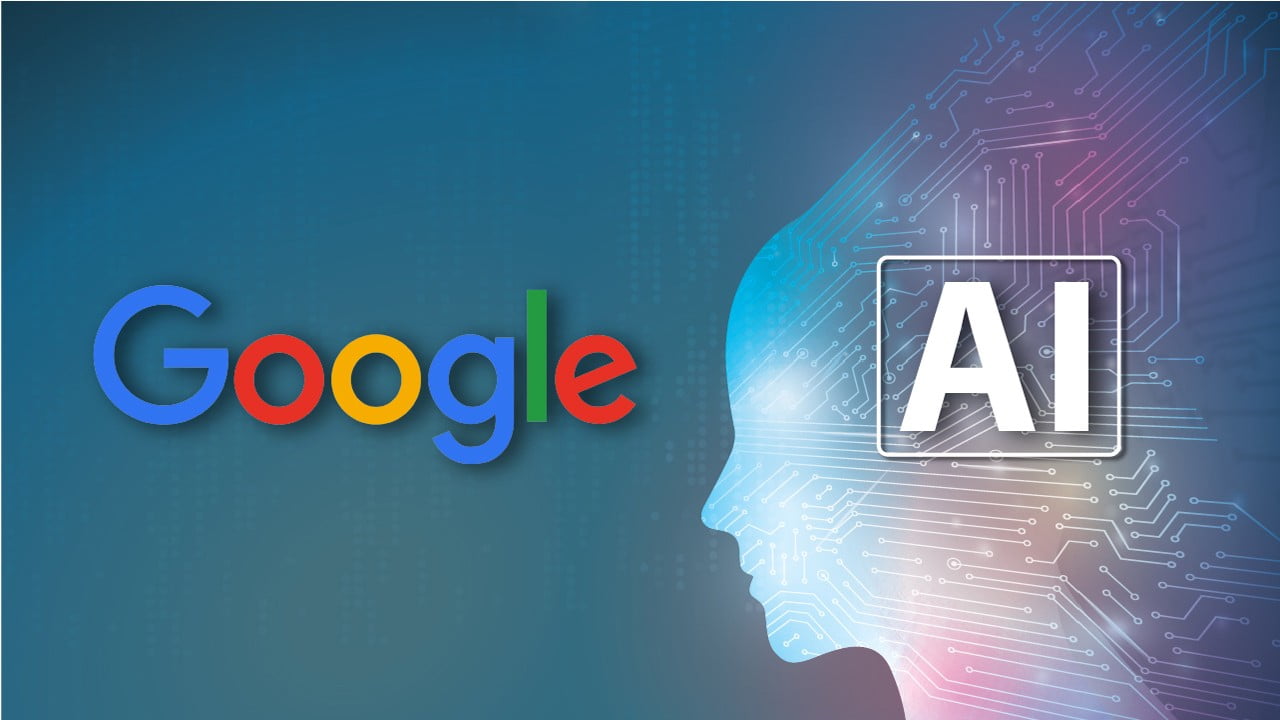The technological era is cruising to another level with the introduction of Artificial Intelligence (AI) and other innovative technologies. Being the most popular search engine globally, Google continues to leverage AI and machine learning in Google search to enhance its performance and provide users with more relevant search results.
In this article, we will have a deep look into the different ways in which Google uses AI in Google search.
RankBrain
RankBrain, introduced in 2015, is Google’s first-ever attempt at using Artificial Intelligence in Google search. According to Google, RankBrain helps them understand how different search words are related to concepts and define how that particular query relates to real-world concepts. RankBrain is an important part of Google’s ranking algorithm and assists Google to rank search results for relevant queries. For example, if you search for ‘the queen of fragrance oils’, Google will identify the same words used on various pages and find that fragrance oils are closely related to essential oils. RankBrain will help Google to conclude that you are looking specifically for lavender, the queen of essential oils.
Neural Matching
Neural Matching is another AI introduced in 2018 and expanded to local searches in 2019. Neural Matching helps Google to understand how queries relate to page content and also to understand it within the specific context of the page content or query. Google uses Neural Matching for most queries for all languages across all regions to rank search results for related searches. Neural Matching enables Google to understand the context of quizzical or partially complete search words and look for border representation of the query on various web pages to provide the users with what exactly they are looking for.
BERT
Bidirectional Encoder Representations from Transformers (BERT) is a network-based technique for natural language processing. According to Google, BERT helps them understand how combinations of words express and relate to various meanings and search intents. It considers even the unimportant words in your query and the sequence of words on a page. After its launch in 2019, BERT is used in almost all queries across all languages. For example, if you search for ‘can you takeaway KFC Dubai’, BERT will let Google understand that you are asking whether KFC offers takeaways in Dubai. This is because BERT easily realizes your search intent even if it is not conveyed in the perfect way.
MUM
Multitask Unified Model is the most recent addition to Google’s AI in search. It was introduced in 2021 and further developed by the end of 2021 to support various applications. MUM helps Google not only to understand languages but also to generate languages and analyze the variations in new terms and languages. Anyway, MUM is still in its phase of expansion and is not presently used for ranking websites. MUM is now used to provide better results for searches concerning Covid-19 vaccine information. Google also aims to combine both text and images in Google Lens to offer more innovation in Google search.
According to Google, all these AI systems help them to understand search queries better and provide users with results that they are exactly looking for. Throughout all these years, enhanced user experience and satisfaction has always been the ultimate concern aim for Google. Thus, it is sure that we will witness a lot of AI features developed and expanded by Google in the coming years.



